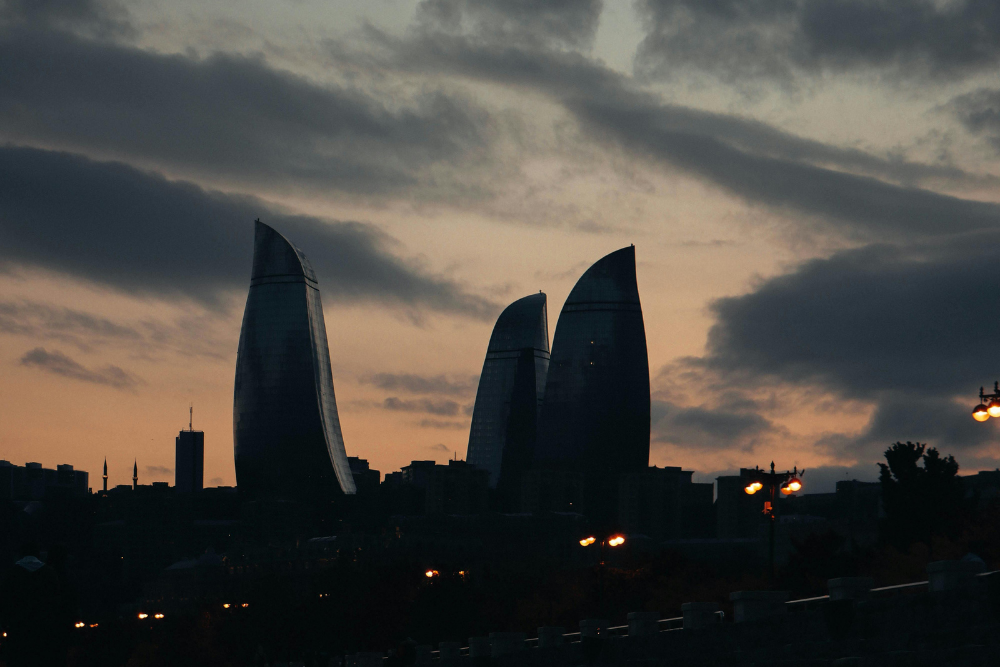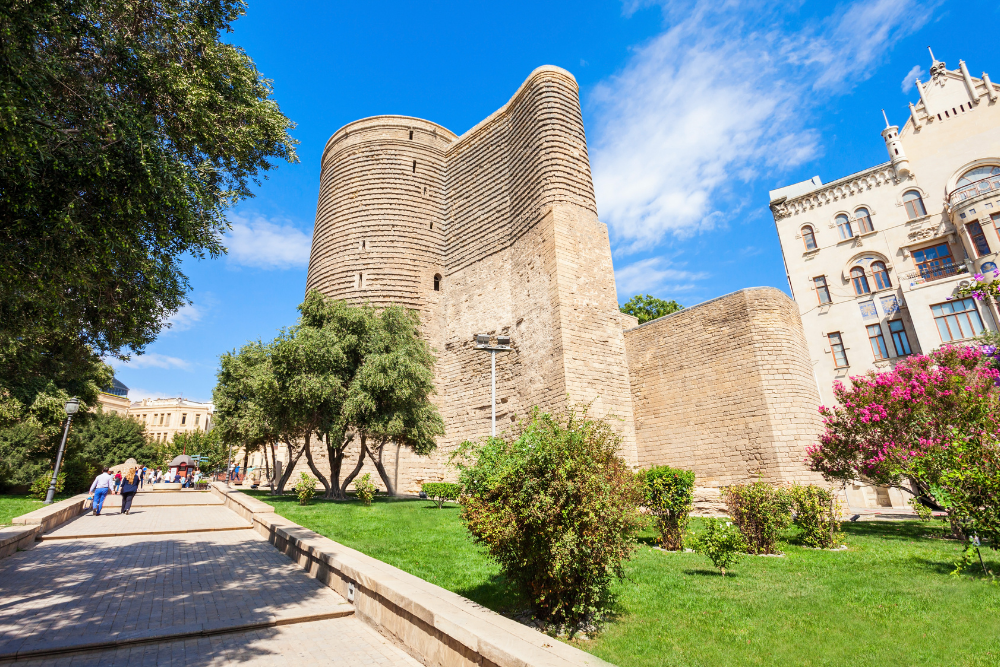Baku, the vibrant capital of Azerbaijan, is widely recognized for its futuristic skyline, historic Old City, and rich cultural heritage. However, beneath its bustling streets lies a mysterious world rarely explored by tourists—the underground bunkers and secret tunnels of Baku.
From Soviet-era bunkers to ancient underground passages, these hidden places offer a fascinating glimpse into Azerbaijan’s history, war strategies, and urban legends. If you’re an urban explorer, history buff, or adventure seeker, this guide will take you deep into the secret underground world of Baku.
1. The Soviet-Era Bunkers – Remnants of the Cold War
During the Soviet era, Baku played a crucial role in the USSR’s military and oil industry, making it a strategic target in case of war. To protect the city from potential attacks, a network of underground bunkers and shelters was built throughout the city.
Where to Find Them?
- Many of these bunkers are hidden beneath government buildings, metro stations, and industrial sites.
- Some old Soviet-era buildings in Baku still have sealed-off entrances to underground shelters.
- There are rumors of a massive underground complex beneath the Presidential Administration Building.
What’s Inside?
- Thick concrete walls and steel doors designed to withstand nuclear attacks.
- Abandoned military equipment and Soviet-era maps.
- Escape tunnels leading to unknown exits across the city.
While most of these bunkers remain classified, a few have been explored by local historians and urban explorers. However, entering them is not officially permitted without special access.
2. The Secret Tunnels Beneath Baku’s Old City (Icherisheher)
Baku’s Old City (Icherisheher) is a UNESCO World Heritage Site with a history dating back over 2,000 years. Beneath its ancient streets lies a network of underground tunnels, believed to have been used for escape routes, smuggling, and military purposes.
Famous Underground Passages in the Old City:
- Maiden Tower Tunnels
- The iconic Maiden Tower is rumored to have a secret underground tunnel leading to the Caspian Sea.
- Historians suggest these tunnels were used for escape routes during enemy attacks.
- Shirvanshahs’ Palace Underground Chambers
- This 15th-century palace contains hidden underground rooms, possibly used as storage or prisons.
- Some believe there are tunnels connecting the palace to other parts of the Old City.
- The Mysterious Well in Gosha Gala Gapisi
- Near the Double Gates (Gosha Gala Gapisi), a deep well is said to lead to underground passageways.
- Some explorers claim it connects to secret chambers beneath the city.
Though these tunnels are mostly sealed off, local tour guides sometimes share intriguing stories about their history and possible locations.
3. The Abandoned Metro Tunnels – A Hidden Transit System?
Baku’s metro system, which opened in 1967, is known for its deep underground stations and Soviet-era architecture. However, there are rumors of unfinished metro lines, hidden stations, and abandoned tunnels beneath the city.
What Makes These Tunnels Interesting?
- Some stations have extra tunnels leading to unknown locations, possibly secret military or government bunkers.
- The 28 May Metro Station is said to have an unused underground section.
- There are rumors of a hidden “Metro-2” line, similar to the classified metro system in Moscow.
While these stories remain unverified, Baku’s metro system holds many secrets from the Soviet era that continue to intrigue researchers and explorers.
4. Oil Boom-Era Tunnels – The Forgotten Underground Pathways
In the late 19th and early 20th centuries, Baku was one of the world’s largest oil-producing cities. During this period, underground tunnels were built for oil transportation, storage, and worker movement.
Key Locations:
- Old Oil Fields: Some abandoned oil fields still have underground storage tunnels and pipelines.
- Industrial Zones: Certain factories have sealed-off underground corridors used during Soviet times.
- Caspi Oil Company Sites: Some oil barons are rumored to have built private underground passages beneath their mansions.
Though most of these tunnels are now inaccessible, some abandoned entrances can still be found in Baku’s industrial districts.
5. The Ghost Stories and Myths of Baku’s Underground
No exploration of Baku’s underground world is complete without mentioning the mysteries and ghost stories surrounding these tunnels.
Popular Legends:
- The Phantom Voices of Maiden Tower: Some claim to have heard whispers and footsteps when standing near sealed tunnels under the Maiden Tower.
- The Vanishing Soldiers: During the Soviet era, rumors spread that soldiers stationed in underground bunkers mysteriously disappeared.
- The Lost Treasure of the Shirvanshahs: It is said that hidden gold and artifacts are buried beneath Baku’s Old City.
While these stories may be more folklore than fact, they add to the mystique of Baku’s underground world.
How to Explore Baku’s Underground Safely
If you’re interested in discovering Baku’s hidden underground history, here are some tips:
- Join a Guided Tour: Some tour operators offer historical walking tours of the Old City, including stories about underground tunnels.
- Visit the Icherisheher Museum: This museum provides insights into the city’s ancient history, including its subterranean secrets.
- Explore with Caution: Many underground locations are sealed off or restricted, so always prioritize safety and legality.
- Check Local Laws: Unauthorized exploration of restricted underground sites can lead to legal consequences.
Conclusion
Baku’s underground world is a mystery waiting to be uncovered. Whether it’s the Soviet bunkers, secret Old City tunnels, abandoned metro lines, or oil boom-era pathways, each hidden site tells a unique story about Azerbaijan’s past.
While many of these places remain off-limits, learning about their history and imagining the secrets that lie beneath Baku’s streets makes for a thrilling experience.
So, next time you walk through Baku’s historic alleys or modern boulevards, remember—there’s an entire hidden world right beneath your feet.












